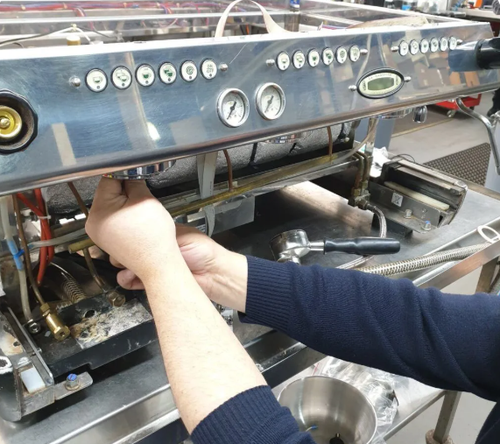Underfloor Insulation: How To Insulate A Floor And Why It’s Worth Installing

Your floor is one of the largest and most accessible areas of your home, so it’s no surprise it’s often one of the first places to fall victim to the elements. If your floor is cold, your bare feet will feel it every time you step on or walk across the surface. And if it’s hot, you’ll be walking on your bare feet all of the time, which can lead to minor foot problems. However, there are a number of ways to insulate a floor. Installing underfloor insulation can protect your floors from cold, heat, and moisture, and ultimately make your floors warmer or cooler.
You need to know how to build a subfloor since it will keep your home cooler in summer and warmer during the winter. That translates to lower energy and utility costs.
Planning how to insulate a surface depending upon its type is critical. But the right insulating flooring is an investment that you and your loved ones will appreciate for years to come.
Floor insulation has an array of benefits both for you and your house. Your home will be warmer, and more comfortable rooms are produced. And a home that consumes less energy while saving you money is quite a lot more desirable.
Old homes’ floors might continue absorbing the warmth, but efficient thermal floor tiles can lessen this in wet seasons, and also get rid of wetness. As well as preserving the beauty, you can additionally restore your floor by insulating it, which makes it beneficial to attain even in unusual houses.
How to insulate a floor for a warmer home
To make your home more energy efficient overall, you might consider insulating the floor yourself, in addition to adding wall insulation for every room of your home.
How do you insulate an existing floor?
The best way to insulate existing flooring, and the best insulation for covering its source, will depend on the material it’s made of. Floors are constructed of two modes, either fixed or sliding.
Suspended floors have floorboards mounted on joists backed by sleepers within brick wall paneling. It is imperative to ensure the efficiency of a suspended floor to prevent the accumulation of moisture.

A good way to make certain that the air circulating underneath your floorboards is dry is by making sure it is adequately ventilated. If that is not done, moist air may cause floorboard deterioration and mold growth.
Grilles are placed at the base of the walls to create a cross draft. This often has the downside of creating room drafts.
Solid floors were made of brick, tile, or stone on the old rural dwellings with a lime mortar or sand bed. As a result of the coldness of the earth beneath, these floors are icy to the touch and it’s hard to keep interior warmth in your home. The result of a concrete floor may also be in a modern home.
Top tips for insulating a floor
- Ensure all gaps between the skirting board and the floor are properly sealed with caulk before setting carpet to prevent drafts.
- Avoid squashing insulation material, as it could possibly degrade insulation.
- Since underfloor heating can be used as a very effective way of heating floors, it’s certainly worth considering if you want to install a new floor.
- Keep in mind that there doesn’t have to be a perfect reason to lift an antique floor, as doing so can alter its equilibrium.
- Number limestones, flagstones, bricks, or tiled floors by drawing chalk lines around them if they’re being carried temporarily.
- Avoid the use of impermeable layers on a firm, solid floor to allow air flow.
- Maintain external air vents unobstructed under roofs with suspended timber floors. Air flow is highly beneficial, as it prevents moisture and rot in the timber.
Is it worth insulating under floorboards?
Insulating your floor can be a smart investment towards improving the energy efficiency of your home. Floor insulation has an essential role to play in interior insulation. Through appropriately insulating your floorboards, you could lose approximately 15% of the heat escaping your home.
In conclusion, Underfloor Insulation is a worthwhile endeavor. Though it may cost a significant amount of money, it can save you money in the long run. Insulation can be used not only in basements, but in other cold areas as well. Additionally, it gives your house a more attractive look.








